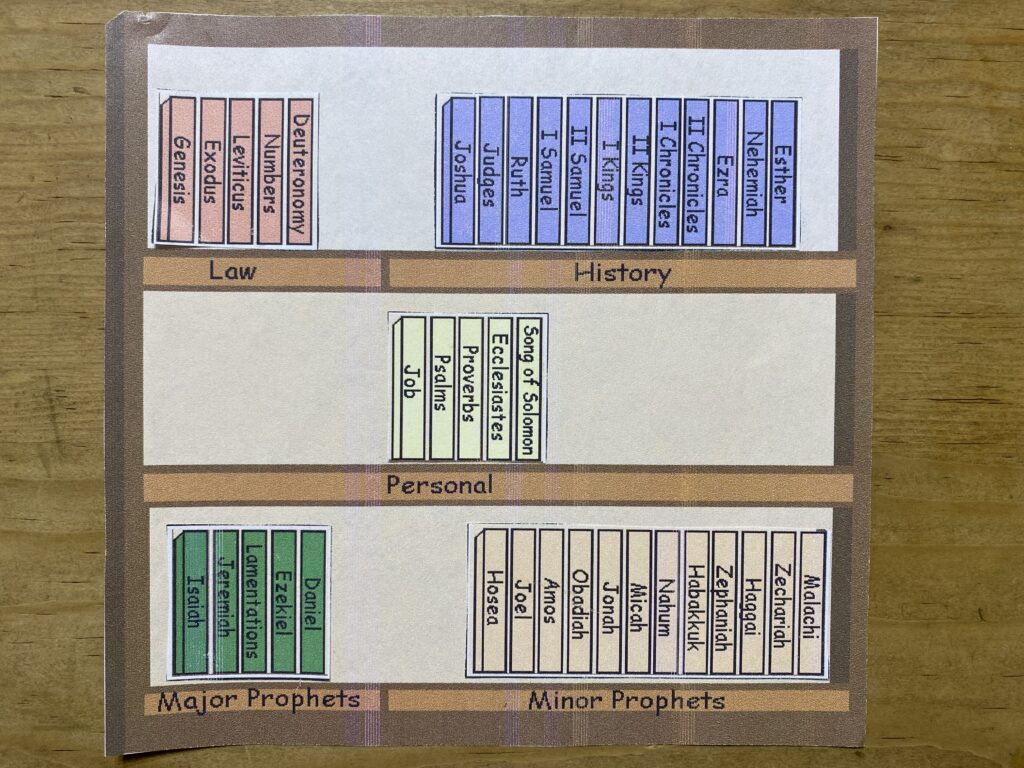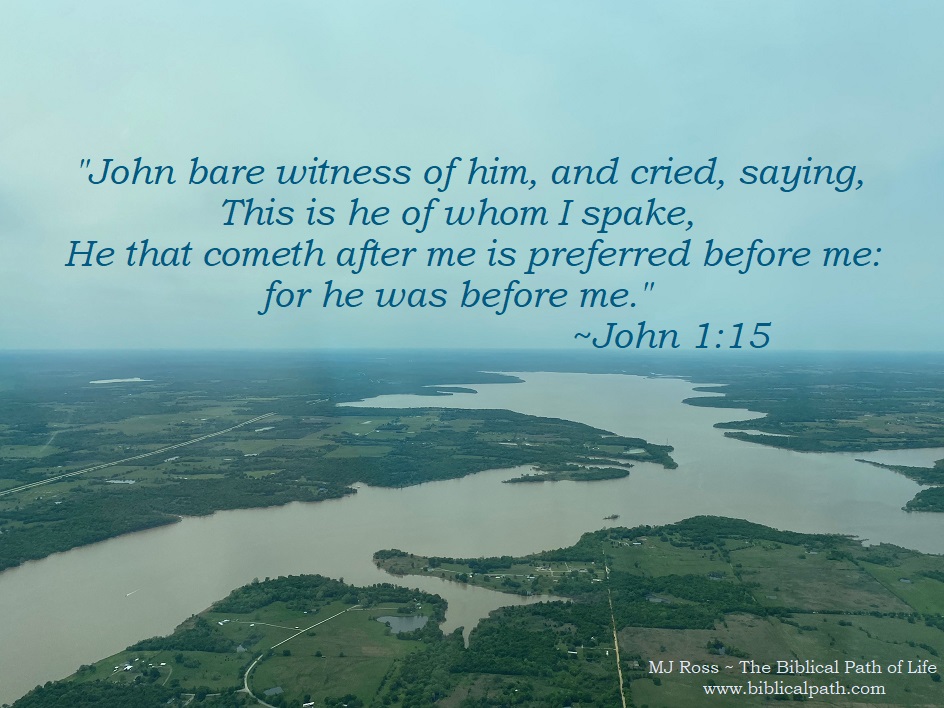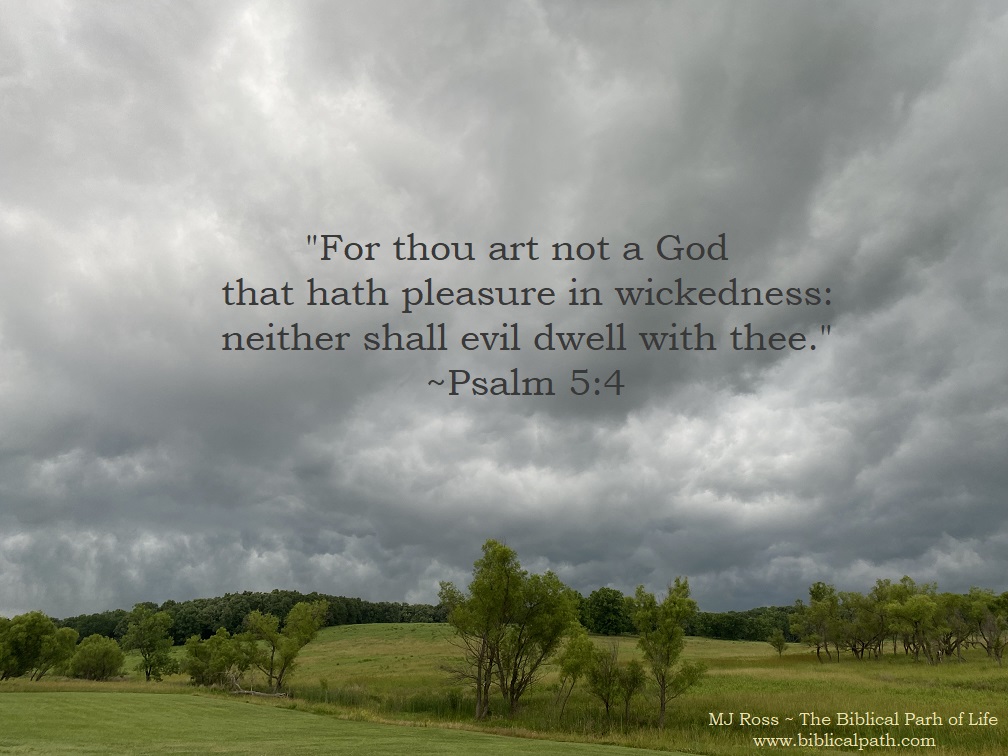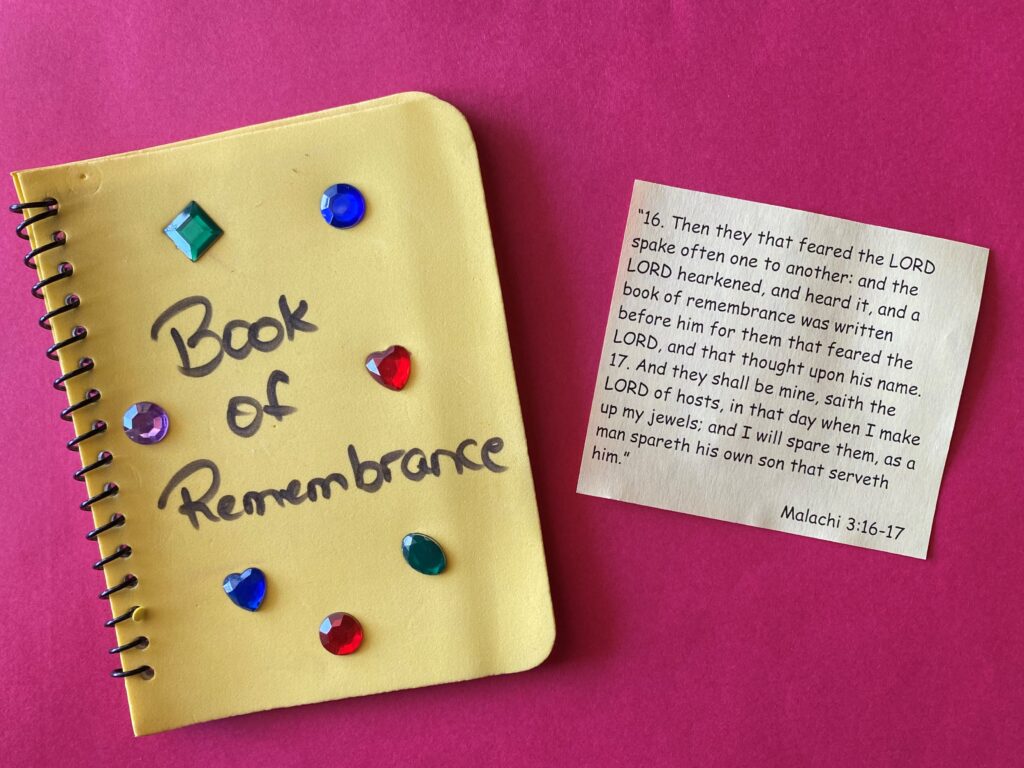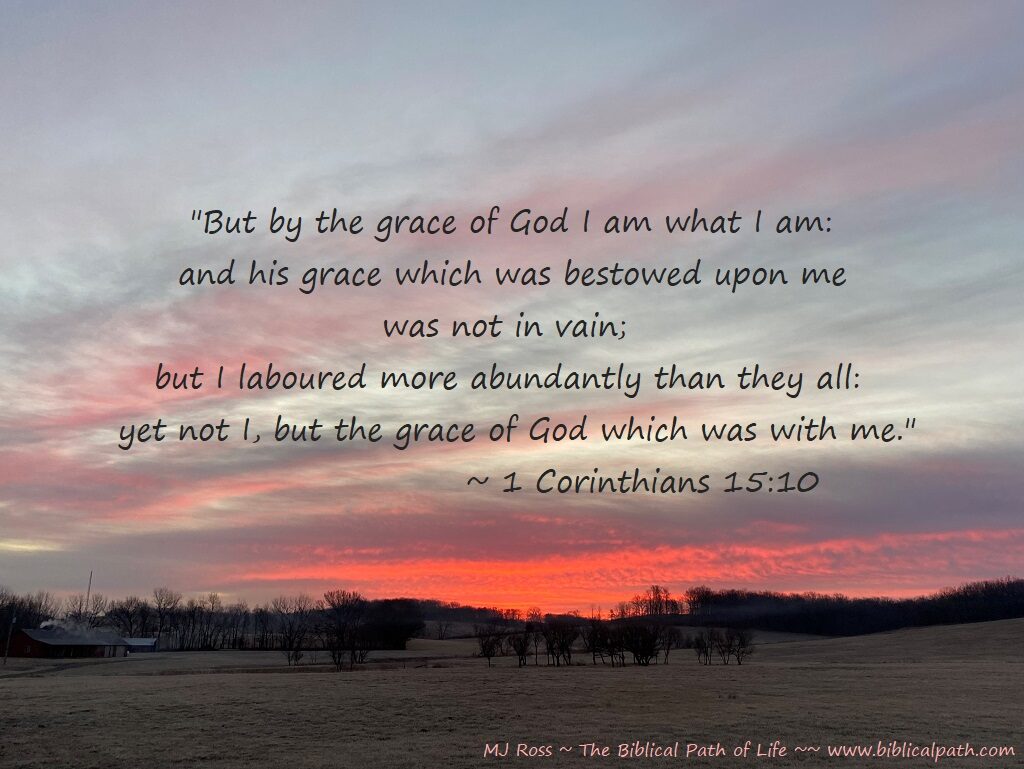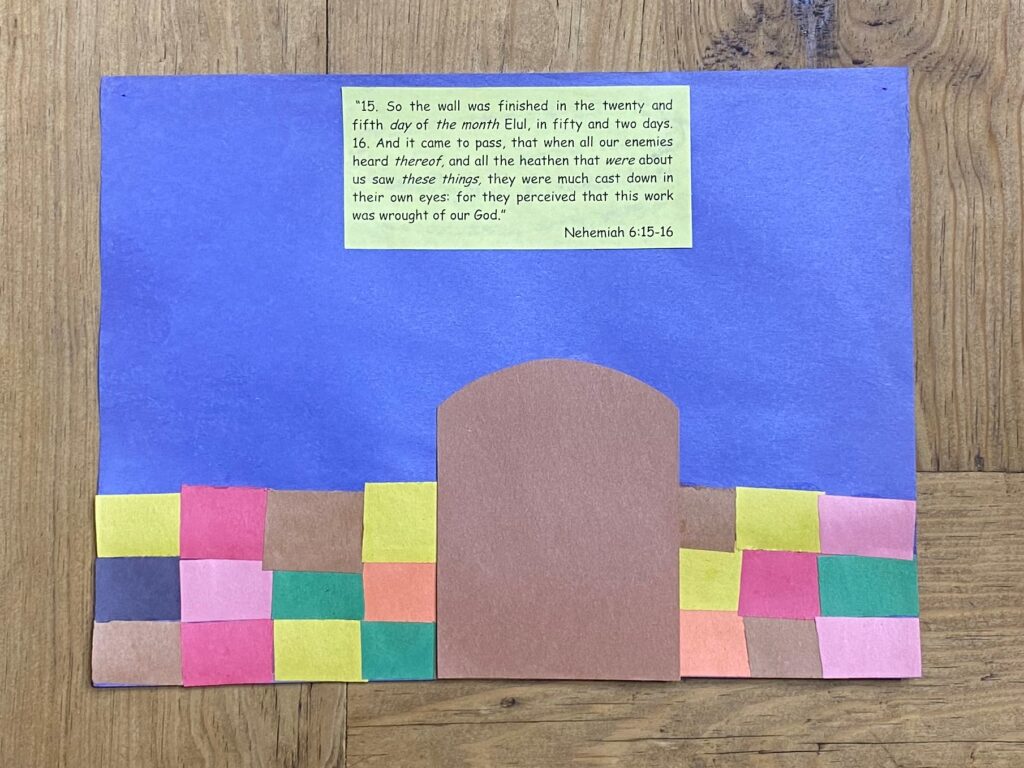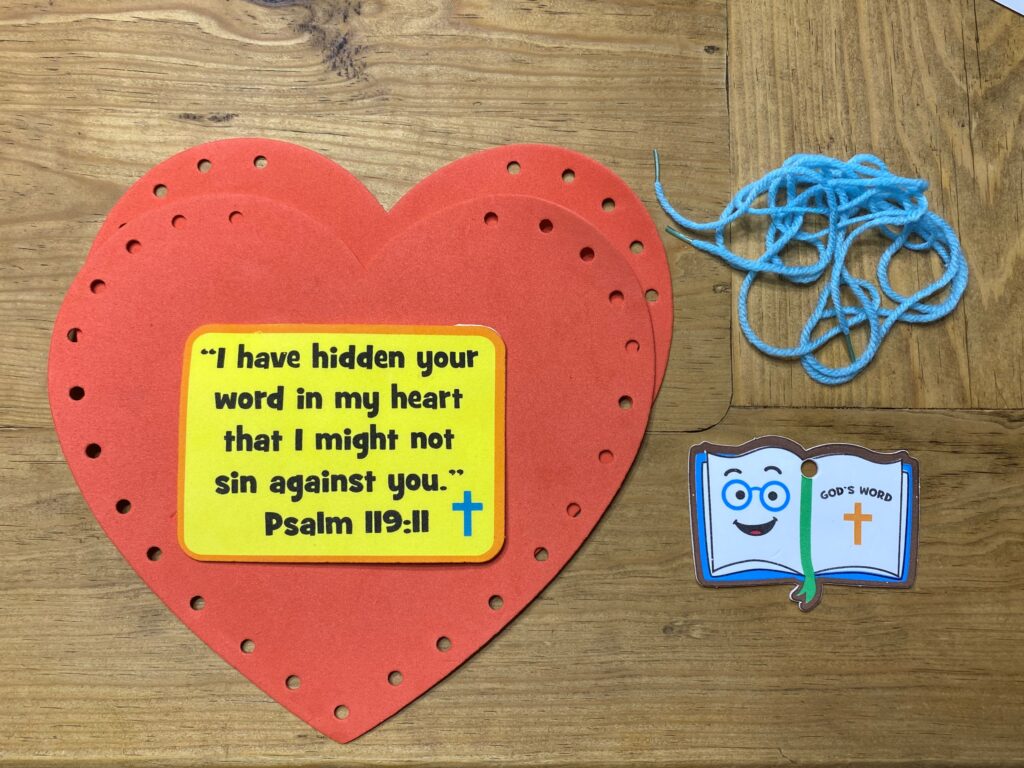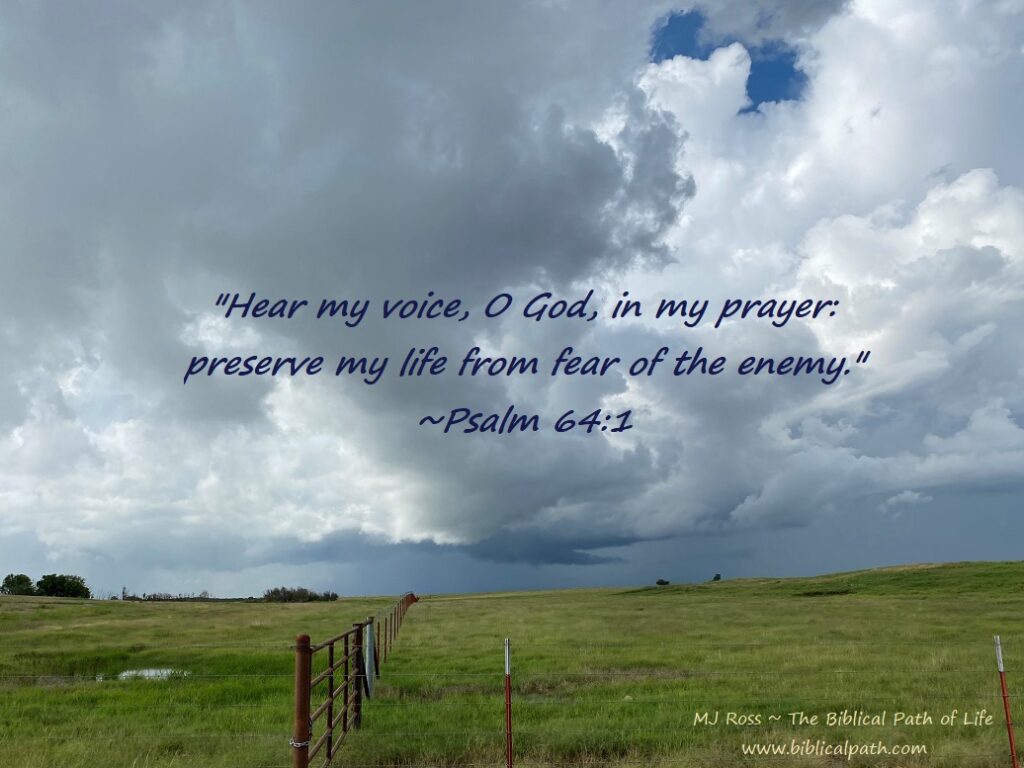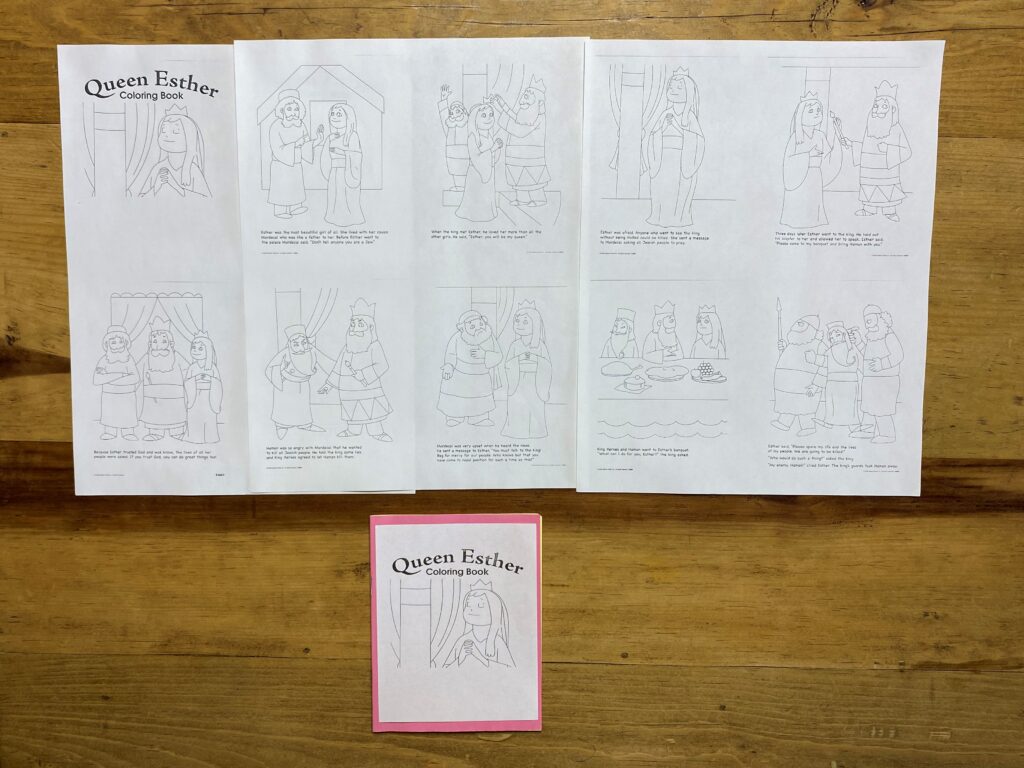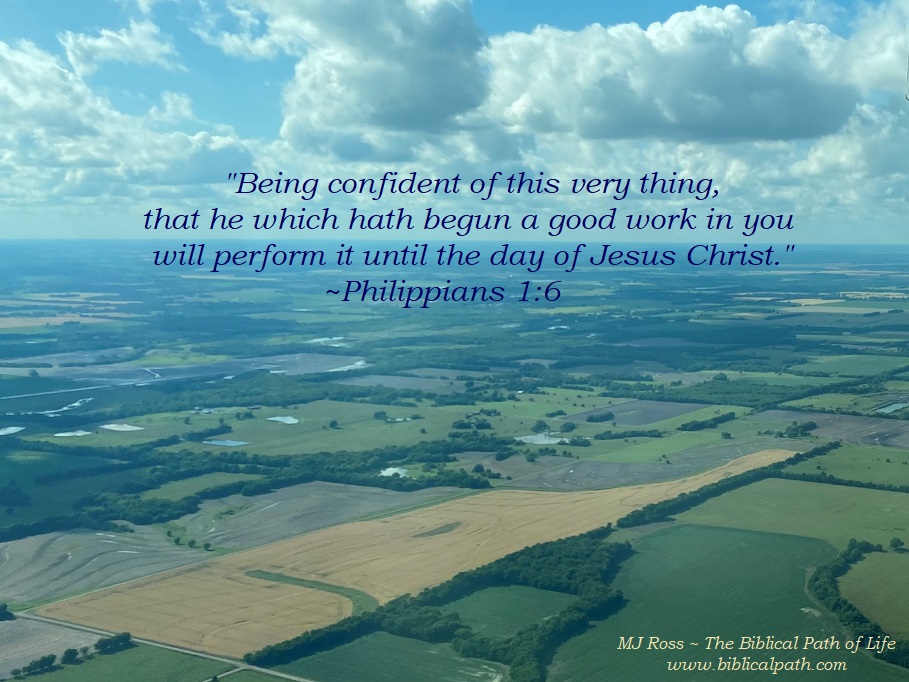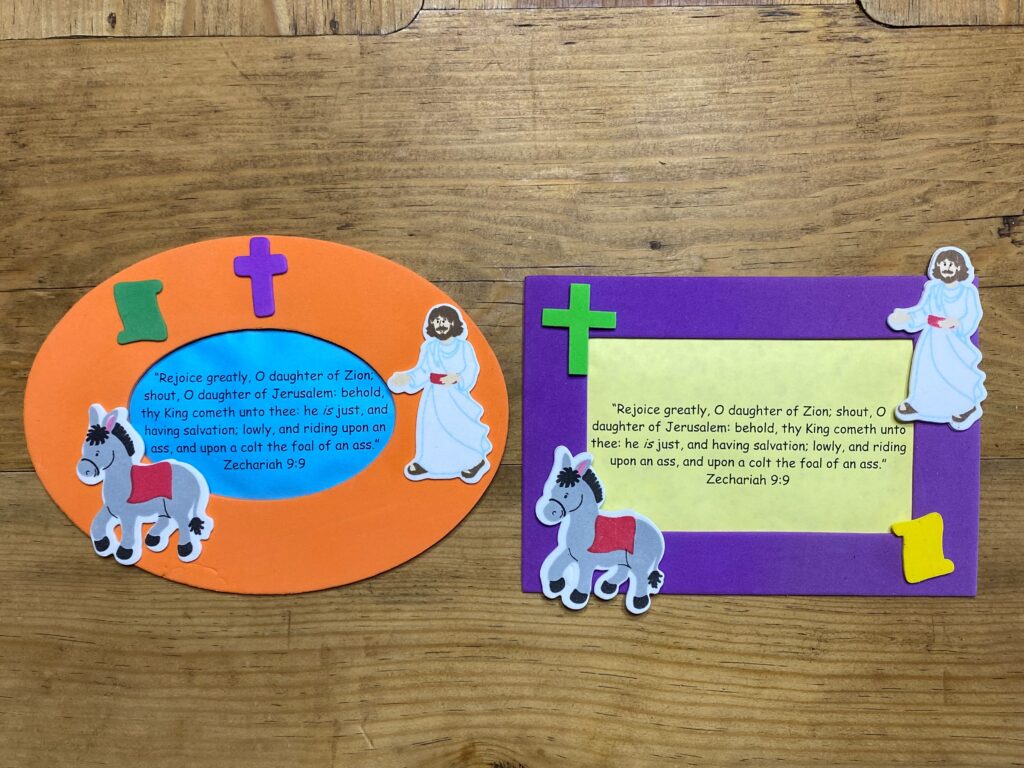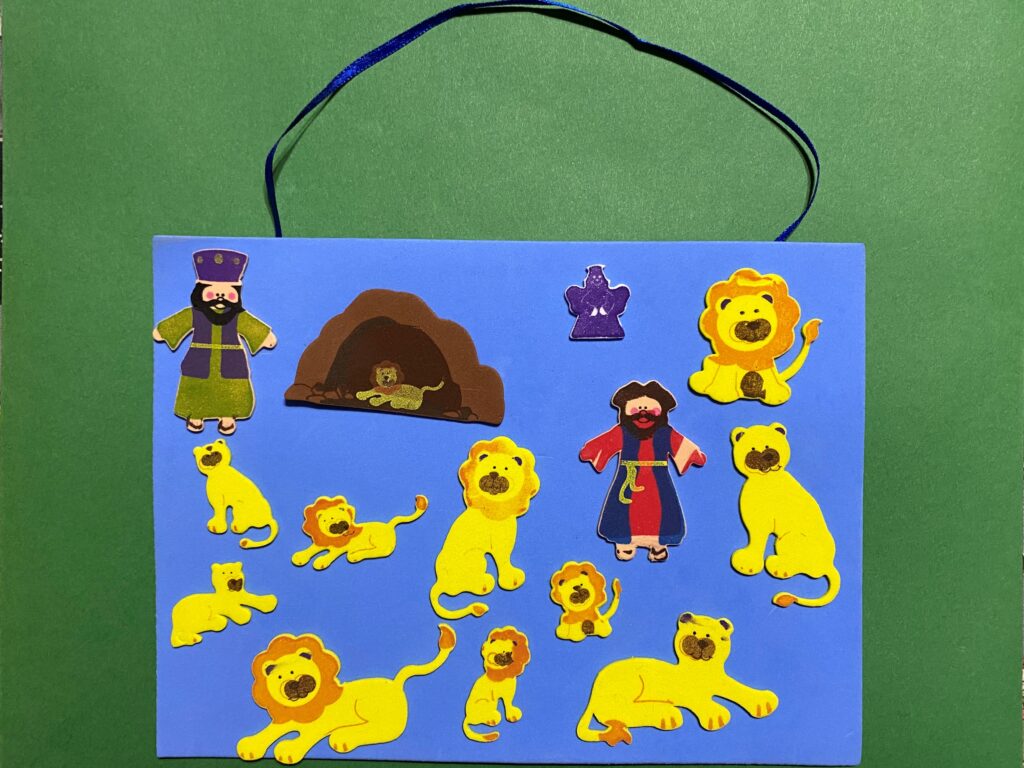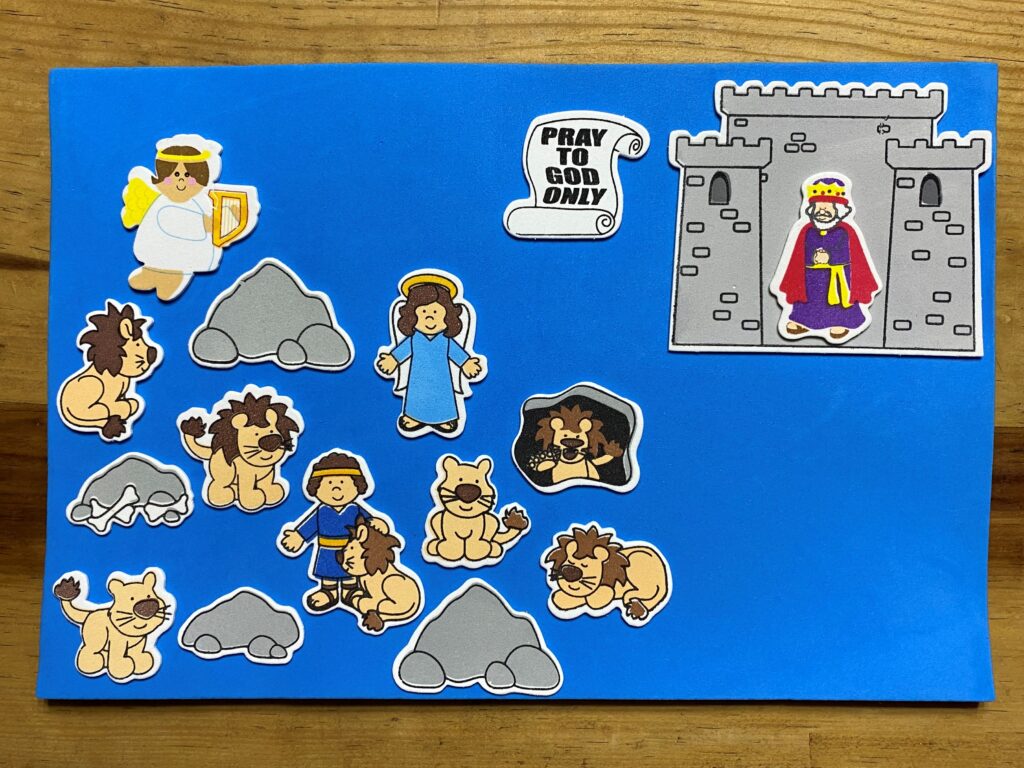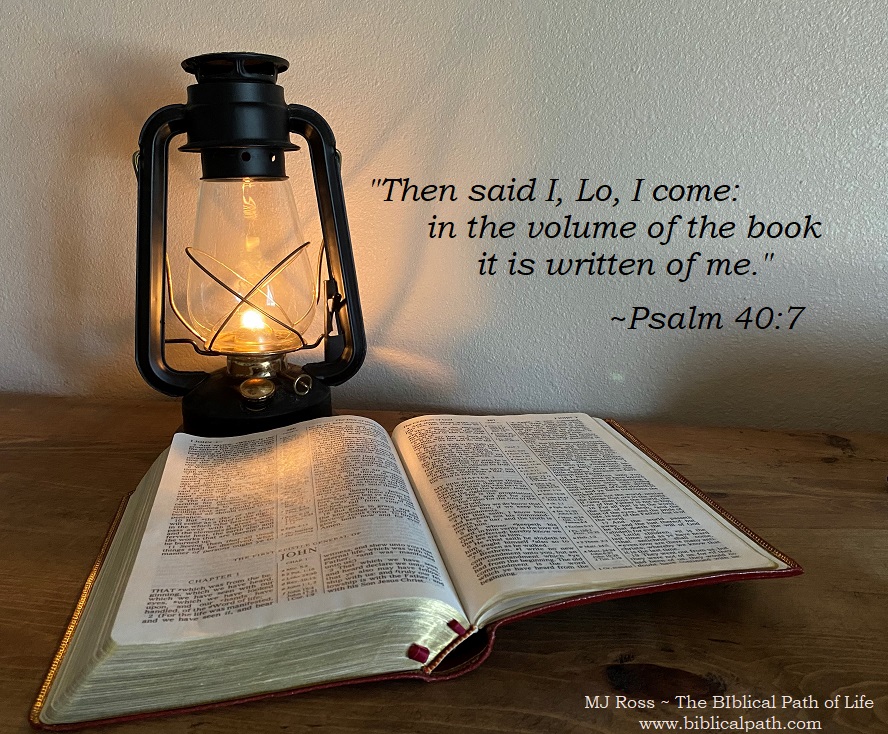
Key Verse
Then said I, Lo, I come: in the volume of the book it is written of me,
—Psalm 40:7
Key Verse Thought: Read the Key Verse. We are to recognize that this verse is referring to Jesus who was to come. That is what the “volume of the book” is written about – Jesus. From the beginning all of the way through the Bible, we are to recognize that it is all and completely about Jesus. Remember that God promised immediately after man sinned, that Jesus would come (see Genesis 3:15). Throughout the Old Testament, God continued to remind His people – until Jesus was born on earth in the New Testament timeframe. That is why we are studying the Bible through from beginning to the end. It will be then that we can recognize that it was Jesus who was to come – for in the volume of the book (the Bible) it is written of Him.
Emphasis: Through this study, we are to recognize that the Bible is about Jesus from beginning to end. In addition, we are to understand that the Bible teaches that we must know Jesus, and we are to obey God’s Word.
Lesson Summary: This lesson is an opportune time to review what we have learned about the Old Testament. Use the following pages (and the charts in the front of your book) to remember what each book is about, and its’ placement in history. Be encouraged to recall as much information as possible. Most importantly, make sure you understand the flow of the history. As we learned of the failure of God’s people, be sure you understand that it was to help reveal the great need for Jesus. That is what the whole Bible is about: the need of a perfect propitiation for sinful man, which could only be met in Jesus – promised from Genesis 3:15. We today, are to recognize the need to have Jesus in our heart, believe in Him, and then obey God’s Word.
Remember that all of the Personal Books, Major Prophets, and Minor Prophets took place in the books of Genesis through Esther. We have tried to study them in historical order to understand the Old Testament even better. Once again, hold the Old Testament books from Genesis through Esther, helping you understand that all of the rest of the books left in the Old Testament take place within that group (timeframe).
Y2Q4 – Lesson 13 in full
Y2Q4 – Lesson 13 Children’s Worksheets
If you are teaching this lesson to younger children, here are a couple of craft ideas to help them remember.
We cut apart and glued the Old Testament Bible Bookshelf (found in the Children’s Worksheets) to help us remember the divisions and books.
